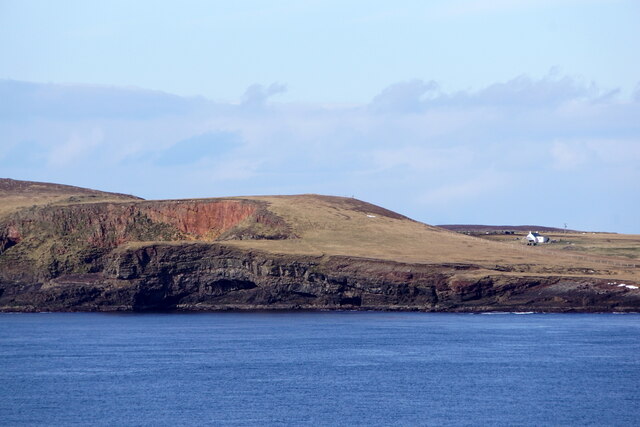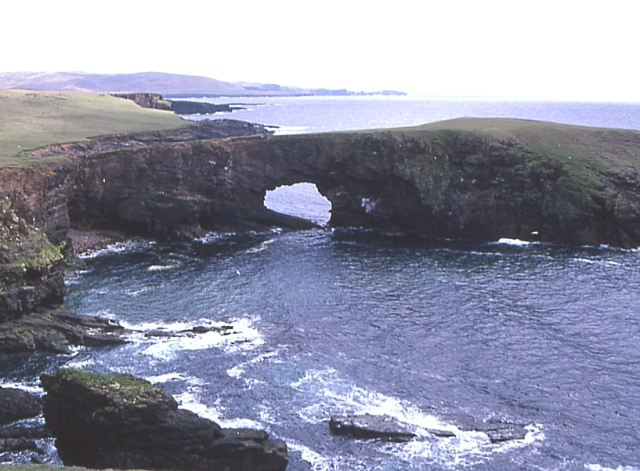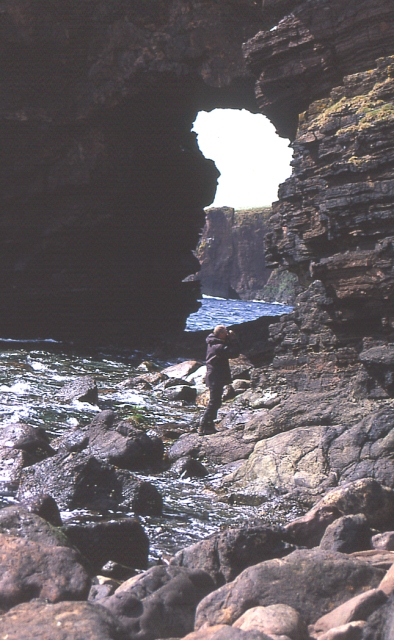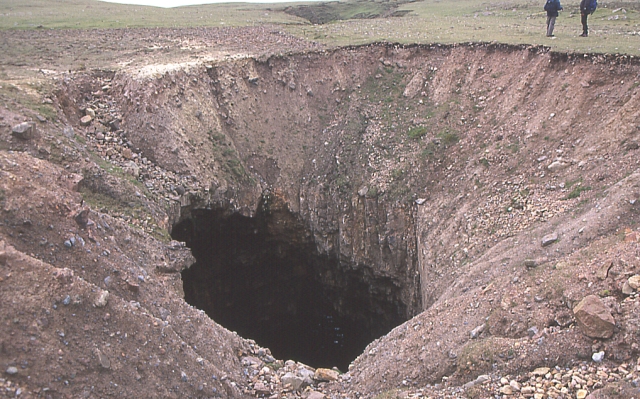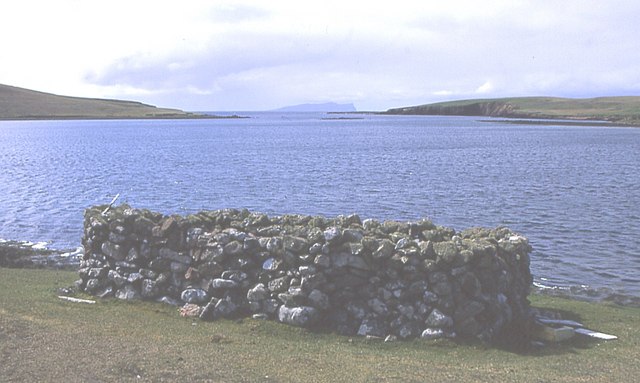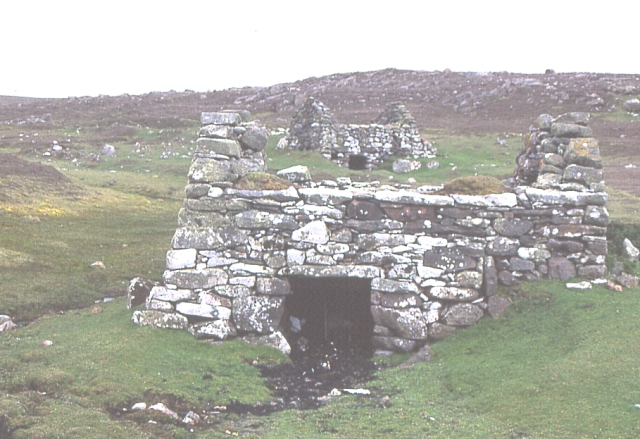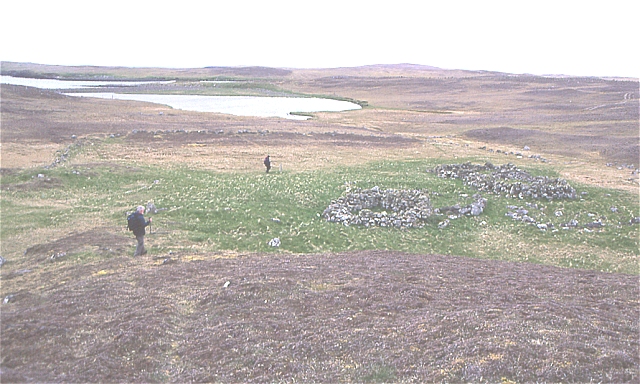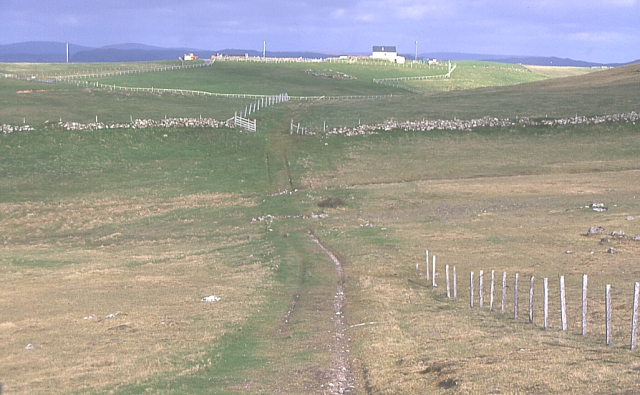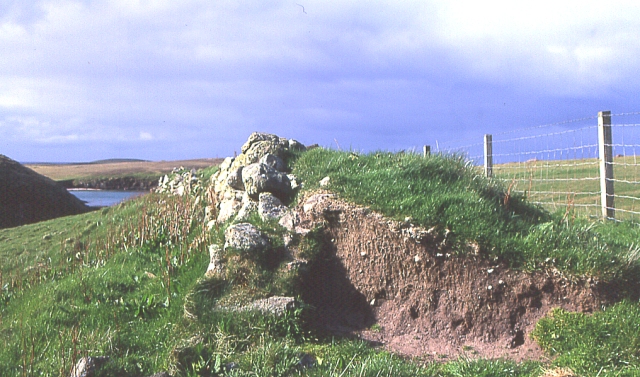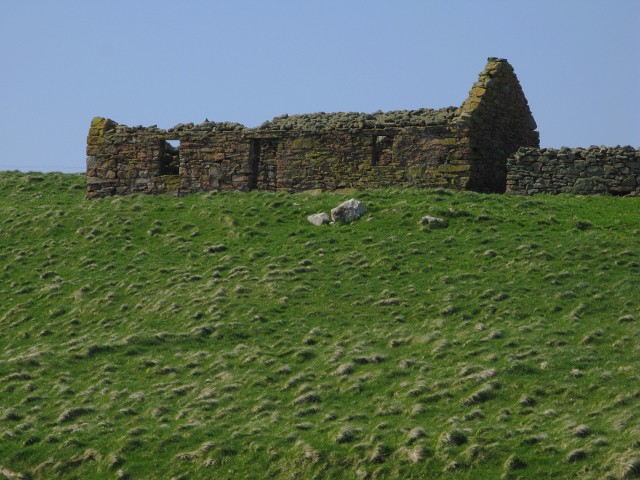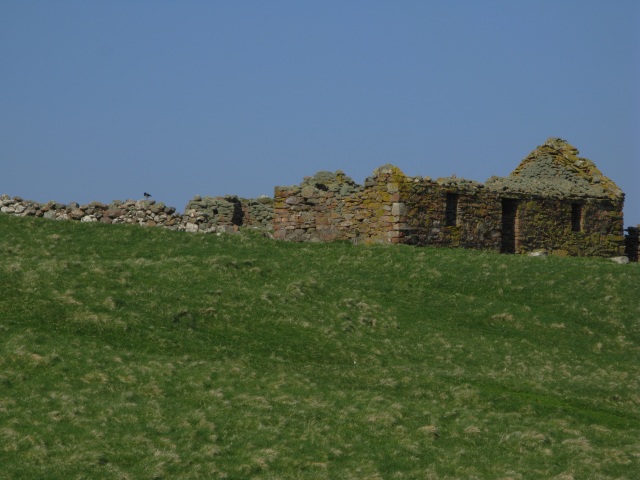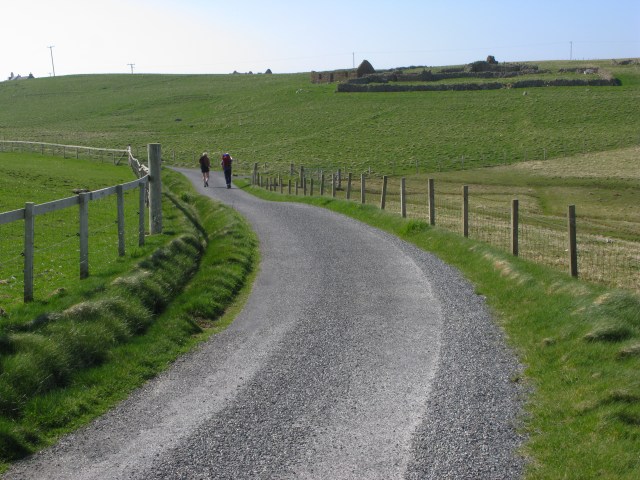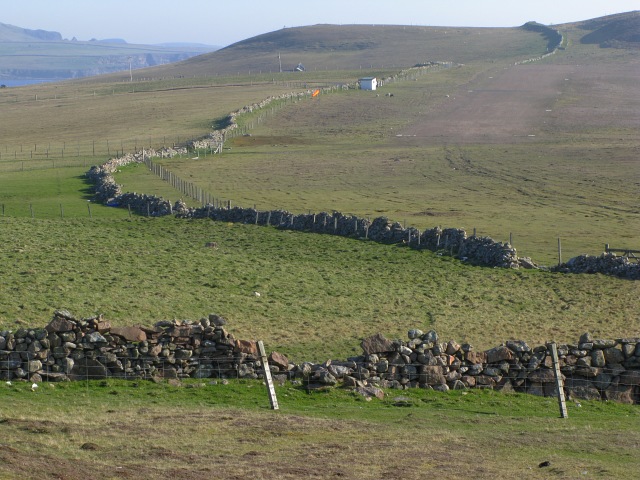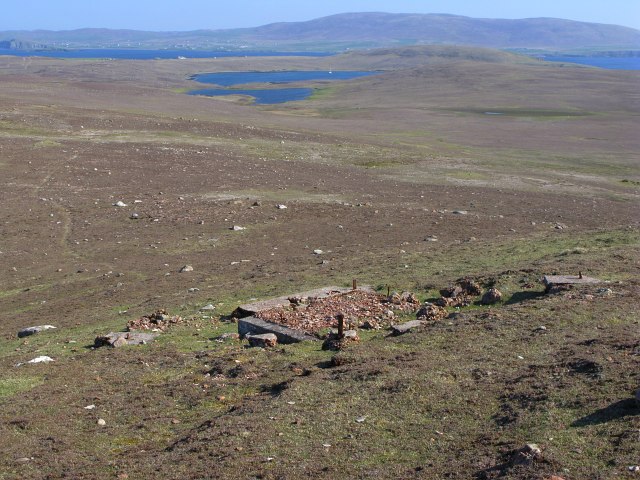Valley of Koam
Valley in Shetland
Scotland
Valley of Koam
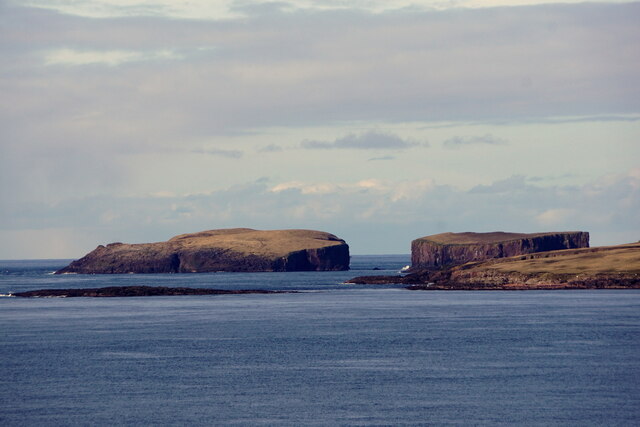
The Valley of Koam is a picturesque valley located in the Shetland Islands, Scotland. It is situated on the island of Mainland, near the village of Sandwick. This beautiful valley is known for its breathtaking landscapes and rich history.
The Valley of Koam is surrounded by rolling hills and rugged cliffs, offering visitors stunning views of the surrounding countryside. The valley is characterized by its lush greenery, dotted with vibrant wildflowers and various species of birds and wildlife. The tranquil Koam Burn flows through the valley, adding to its natural beauty.
The valley holds significant historical importance, as it was once home to a thriving Iron Age settlement. Excavations in the area have revealed evidence of ancient structures, including a possible broch and several smaller buildings. These archaeological findings provide insights into the lives of the people who inhabited the valley thousands of years ago.
Visitors to the Valley of Koam can enjoy peaceful walks along the numerous trails that crisscross the area. These paths lead through the valley, allowing visitors to immerse themselves in the serene surroundings. The valley is also a popular spot for birdwatching and wildlife spotting, with the chance to see species such as puffins, otters, and seals.
Overall, the Valley of Koam offers a unique blend of natural beauty and historical significance. Its stunning landscapes and cultural heritage make it a must-visit destination for nature enthusiasts and history buffs alike.
If you have any feedback on the listing, please let us know in the comments section below.
Valley of Koam Images
Images are sourced within 2km of 60.32474/-1.7164003 or Grid Reference HU1560. Thanks to Geograph Open Source API. All images are credited.
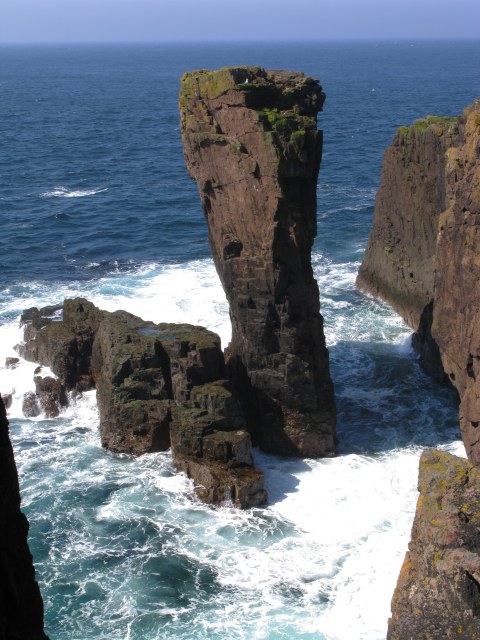
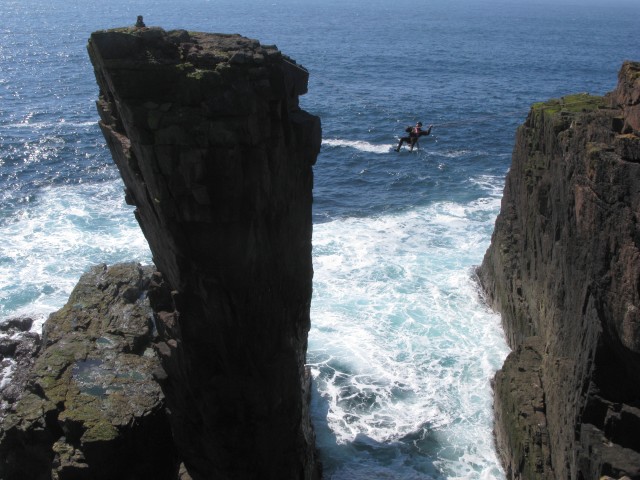
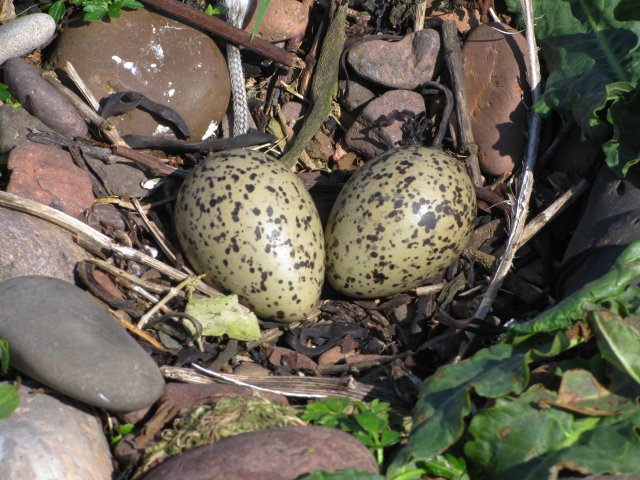
Valley of Koam is located at Grid Ref: HU1560 (Lat: 60.32474, Lng: -1.7164003)
Unitary Authority: Shetland Islands
Police Authority: Highlands and Islands
What 3 Words
///slicer.remaking.denoting. Near Walls, Shetland Islands
Nearby Locations
Related Wikis
Papa Stour Airstrip
Papa Stour Airstrip is a small airstrip in the village of Biggings on the island of Papa Stour. Shetland, Scotland. == History == Papa Stour Airstrip opened...
Papa Stour
Papa Stour (Scots: Papa Stour) is one of the Shetland Islands in Scotland, with a population of under fifteen people, some of whom immigrated after an...
Biggings
Biggings is a village on the island of Papa Stour, in Shetland, Scotland. Papa Stour's church is situated at the south of Biggings. A homestead of Duke...
Forewick Holm
Forewick Holm is a 1-hectare (2.5-acre) island in the Sound of Papa in the Shetland islands, Scotland. Located between Papa Stour and the Sandness peninsula...
Brei Holm
Brei Holm is a tiny tidal islet in the western Shetland Islands. It is due east of Papa Stour, to which it is connected at low tide, just outside Housa...
Maiden Stack
The Maiden Stack or Frau Stack is a tiny stack in the western Shetland Islands to the north of Brei Holm and east of Housa Voe in Papa Stour. It is so...
Sandness
Sandness (the "d" is not pronounced locally) is a headland and district in the west of Shetland Mainland, Scotland. Sandness was a civil parish, which...
Bousta
Bousta is a settlement on Mainland, in Shetland, Scotland. Bousta is situated in the parish of Walls and Sandness.Scott's Hawkweed is native to the pastures...
Have you been to Valley of Koam?
Leave your review of Valley of Koam below (or comments, questions and feedback).
